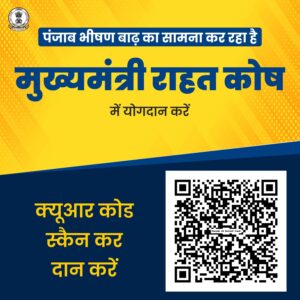In India, the new fiscal year begins on April 1. This is significant for your pocketbook because, on this day, the majority of the new tax laws that Finance Minister Nirmala Sitharaman announced in the budget go into effect. It’s a good idea to be aware of any other changes that may also be affecting your finances.
Regulations pertaining to taxes, FASTags, savings plans (NPS & EPFO), and other financial issues have been updated for the upcoming fiscal year. You can save more money and prevent hassles from breaking rules by being aware of these changes. Spending some time learning about them is worthwhile.
Finance-wise, changing jobs has never been simpler. Your provident fund balance will now be transferred automatically by the Employees’ Provident Fund Organization (EPFO). This implies that you won’t need to manually request a transfer each time you start a new job. To guarantee a smooth transfer of your retirement funds to your new employer, EPFO will automatically credit your PF balance to their account. This makes managing your Provident Fund (PF) across multiple employers easier and is a major victory for employee portability.
India will adopt the new tax system as the default option on April 1, 2024. This implies that your taxes will be computed automatically under the new regulations unless you specifically select the previous tax system.
The good news is that for the financial year 2024–2025 (tax year 2025–2026), the tax brackets under the new system stay the same. The most recent budget contained no announcements of changes. Even better, if your income is ₹ 7 lakh or less annually, you won’t pay any income tax under the new system!
The PFRDA will add another layer of security to the National Pension System as of April 1, 2024. The two-factor Aadhaar-based authentication used in this improved system allows password-based access to the CRA system. A circular announcing this upgrade was published on March 15, 2024.
By adding a second layer of security to fingerprint authentication and thwarting spoofing attempts, the two-factor Aadhaar authentication system seeks to improve the security of Aadhaar-authenticated transactions.
The PFRDA circular states that in order to enable 2-Factor Authentication for NPS CRA system access, the Aadhaar-based login authentication will be integrated with the current User ID and Password-based login process.
According to the PFRDA notification, “Adhaar-based authentication will be used to implement additional security features for CRA system login, with the aim of strengthening security measures for accessing the system and protecting the interests of subscribers and stakeholders.”
“The Aadhaar-based login authentication will be integrated with the current user ID and password-based login process so as to make the CRA system accessible through 2 Factor Authentication,” the announcement stated.
Users of FASTag, take note! Do not deal with toll booths! Complete the FASTag KYC by March 31st. If it’s not updated after that, banks might deactivate your FASTag. Payments won’t process without KYC, and you might have to pay twice for tolls. At toll plazas, abide by the NHAI’s guidelines to guarantee a smooth experience.
For non-government employees, the ₹ 3 lakh tax exemption limit for leave encashment has been raised to ₹ 25 lakh as of 2022.



